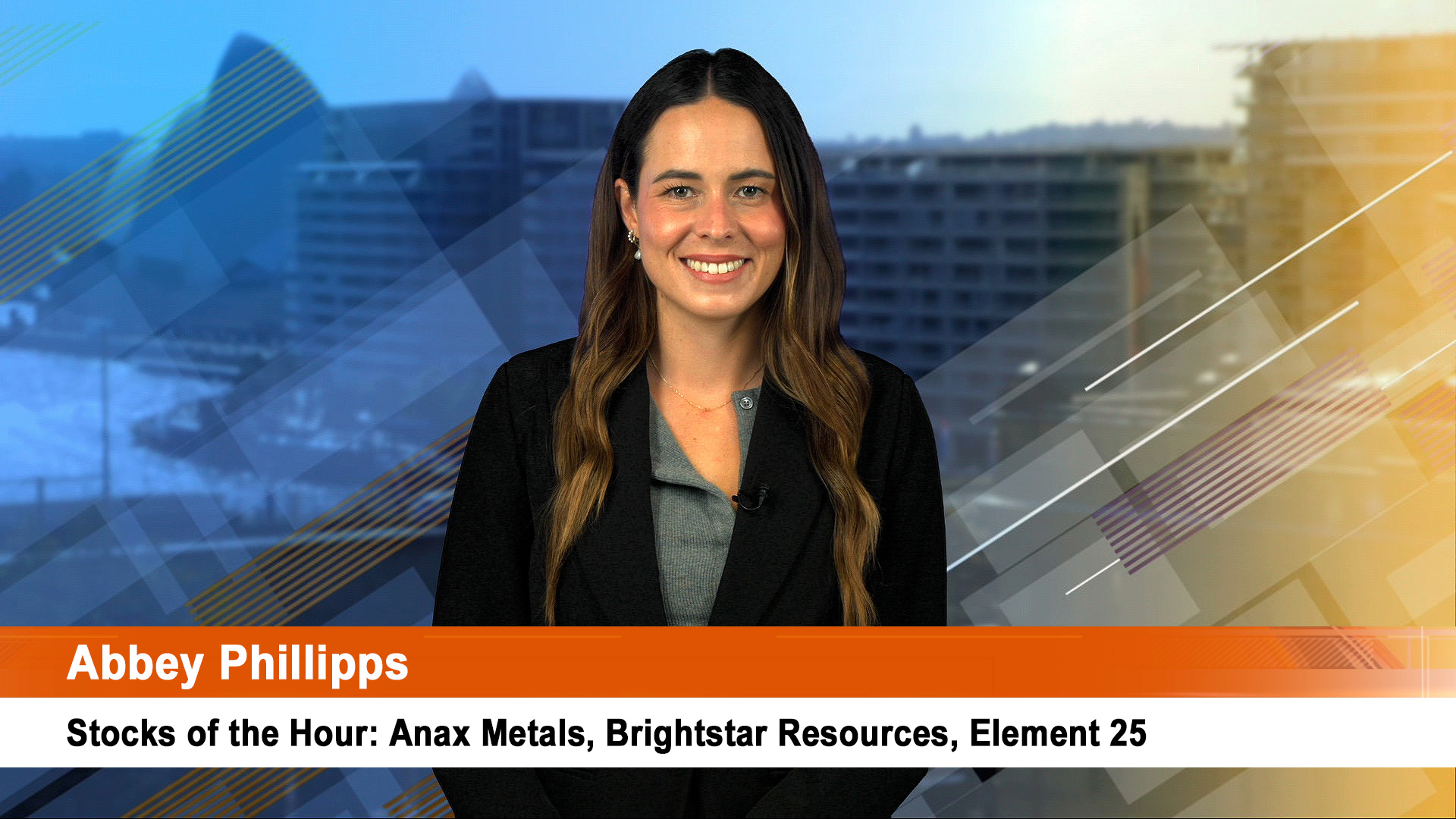A week after the Reserve Bank boosted its key interest rate, the National Australia Bank’s monthly business survey for October has revealed that business conditions in the domestic economy were weakening ahead of the rate rise.
The bank said the "nascent recovery evident in the September survey has been put on hold for the moment" as forward orders fall and capacity utilisation softens.
"Conditions continue to vary widely across the economy and in some sectors, notably construction, have been particularly volatile – which could well indicate a turning point," the NAB said.
And for the first time in two years business profitability is under pressure, according to the NAB.
The NAB’s report is likely to be backed up by the latest consumer confidence survey later today which was taken in the wake of the rate rise, and the Commonwealth Bank’s decision to lift its mortgage rate by 0.45%.
It came on the same day as the very confident mid-year budget forecast was released in Canberra by the Federal Government.
The NAB’s monthly survey showed that business conditions dropped significantly in October and although positive, are now below their long-term average.
Conditions were at plus 2 index points, down five points over the month, but still above the point that separates contraction from expansion.
At the same time business confidence also eased, but remains above its long term trend and is stronger than conditions.
The NAB said that sharp falls were reported in both trading and profitability, with the latter negative for the first time in over two years.
"Employment, possibly because of lags, strengthened. Mining, transport & utilities, and personal services continued to exhibit strength.
"However, conditions in construction fell sharply into negative territory and retail remained very depressed.
"Forward orders fell back and have now been negative in four of the past six months. Capacity utilisation continued to trend down, although stocks were higher.
Conditions deteriorated sharply in construction and mining, and also fell in retail, manufacturing, finance/ business/ property and wholesale.
Recreation and personal services were unchanged.
The only sector to report improved conditions in October was transport & utilities.
Conditions in October were strongest in mining (+33) and transport & utilities (+28) and weakest in retail (-13) and construction (-10).
Although ABS retail activity appears stronger than our survey, the ABS measure includes cafes, restaurants and take-away food that are defined as part of the recreation & personal services in the NAB survey.
Cash flow was strongest in mining, transport & storage and recreation & personal service. It was weakest in retail (negative) manufacturing and wholesale (marginally positive).
"The large fluctuations in construction conditions largely reflect movements in trading conditions and profitability.
"Employment has been strong in the construction sector for the past three months and confidence in October was reasonably high (+10).
"This optimism seems at odds with actual outcomes in the survey as well as recent building approvals, which have declined for three months in a row.
"In brief industry is anticipating stronger demand but at present is struggling.
"Similarly, retail confidence has risen for three months in a row (even after adjustment for seasonal factors), despite ongoing poor business conditions.
"The decline in retail conditions in October reflected sharp falls in trading conditions and profitability ? employment held up at a zero net balance.
"Manufacturing conditions also deteriorated in October, especially in trading and profitability, probably in response to the strength of the AUD.
"However, conditions in recreation & personal services remain solid despite pressures on inbound tourism.
"Regionally, business conditions were strongest in WA followed by Victoria and SA. Conditions worsened in Queensland and NSW (becoming negative in both states). "
The NAB said the survey is consistent with domestic demand running at an annual rate of around 3.25% in Q3 and (tentatively) 3% in Q4 – implying annualised growth in non-farm GDP near 2.5%.
"Australian growth forecasts unchanged at 3.2% in 2010, lifting to 3.7% in 2011.
"Survey (forward orders and capacity utilisation) suggests domestic sector continuing to struggle.
"Construction sector indicators still weakening. Stronger growth to be supported by mining investment and export income, but still waiting to see these impacts fully kick in.
"Pre-Xmas rate rise was expected, but the timing surprised.
"RBA expected to resume raising rates in early 2011 with a peak at 5¼% by mid 2011 (previously 5½%).
"That reflects continuing weakness in interest sensitive sectors and the banks doing some of the RBA’s work.
"Strong exchange rate outlook (AUD to peak around 1.05 USD) should keep inflation under better control.
"Core inflation lowered to 2.6% by end 2010 and 2.5% by end 2011."













